To make available space in aircraft seats more efficient, and above all, to take advantage of my contact with a member of an important airline company to whom I hoped to present my invention, I devoted my time to the project of a multiple, eccentric seat, configurable in a hundred different positions (including one fit for a crash), and that could be used simultaneously by four passengers. I drew life-size blue prints so that those who participated in the project could place themselves on it, and the closeness or distance between the individuals could be mathematically evidenced.
To travel comfortably by plane, be welcomed at airports and received on arrival by our loved ones, was a historic event which took place on the maiden voyage of February 5, 1919, between Berlin and Weimar, via Leipzig, and perhaps may have occurred in some subsequent journey of the legendary airline PANAGRA, when governments had not yet imposed arbitrary measures on behalf of our security.
Since then romanticism exponentially multiplied the number of passengers, while internal capacity of aircrafts remained relatively stable. To make matters worse, the number of airplanes has been declining due to terrorism and the curiously called “friendly fire” of zealous guardians of airspace, so it became essential to put valuable idle inner space to use. It was then that I conceived the idea of the multiple eccentric seats that would quadruple the available space within an aircraft, and which I baptized as “multiple cockpit seat”. It was not a name picked at random. The word cockpit first appeared in the English language in 1580: "a pit for fighting cocks" (or hole for fighting cocks), which perfectly conveyed the meaning of the apparatus.
I suggested the airline should fly an experimental aircraft exclusively fitted with these seats. This alternative was negotiated, and I had to accept that the first eccentric multiple seat would be installed in a cabin on steel rails.
The incompetence of one of the testers and (why not?) a boycott, locked the mechanism, making it impossible to rescue three of the crew members.
Today, the experimental seat is exhibited at the Curiosities Museum in Maastricht, together with the mummified bodies of three of the four crew members who participated in the experiment.






